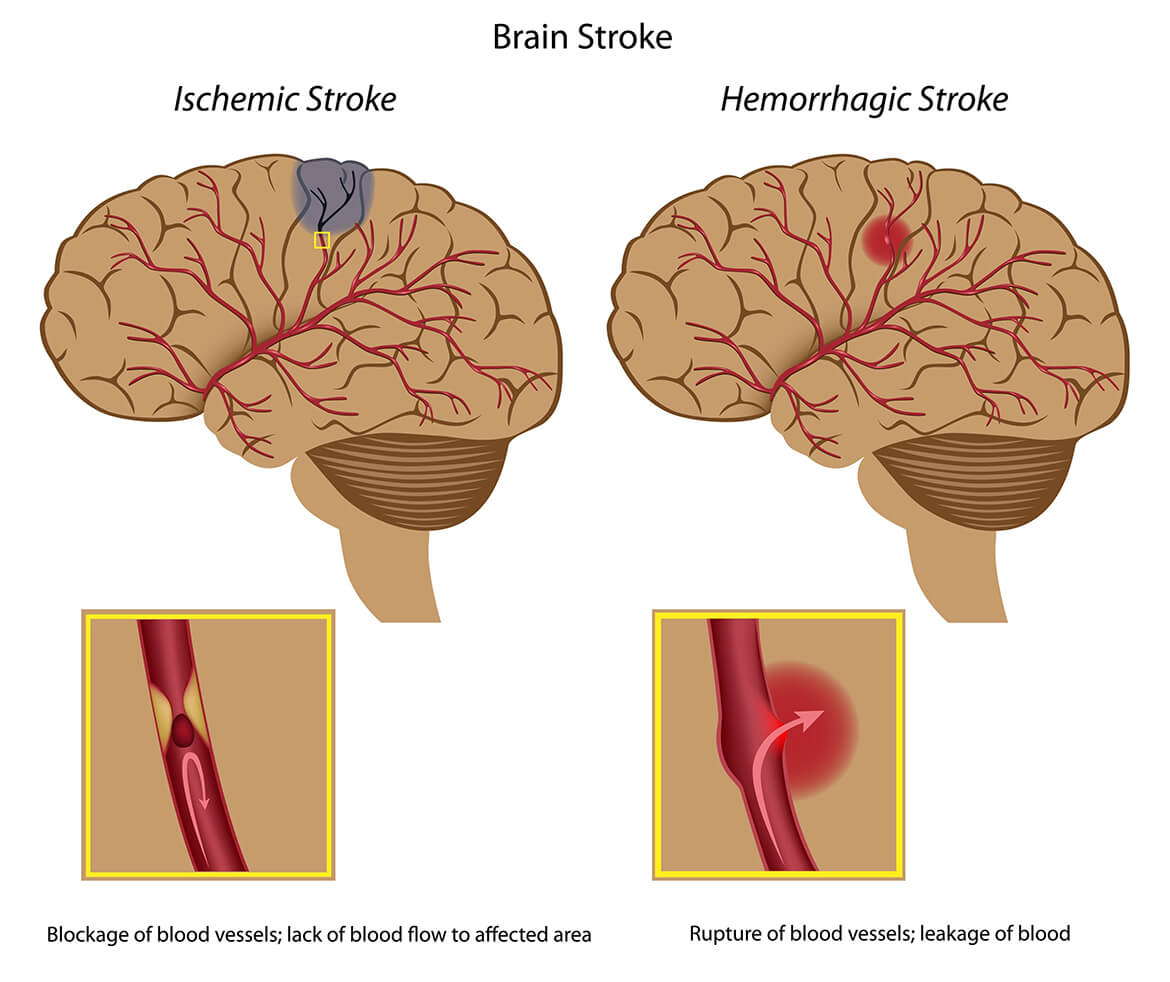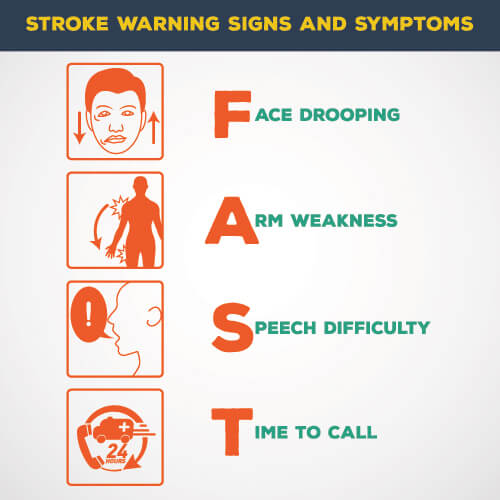Understanding Stroke & Debunking The Myths Associated With It
29th October is globally recognized as the World Stroke Day and today, despite all the knowledge available freely on the internet, people fail to understand stroke, why it happens, how to act and so on. Many people even think of Stroke as a heart ailment, which is not true. We, at Azkka believe in Health by Virtue, which is why, here’s a basic understanding on Stroke and debunking the myths associated with stroke.
Our body comprises a number of arteries that supply blood to different parts of the body including the brain. These arteries supply blood, oxygen and vital nutrients to different parts of the brain, which is quite essential for the brain to function. A Stroke occurs when one of these arteries gets blocked or bursts. When this happens, that particular part of the brain dies because of lack of blood supply to that area.
There are two types of strokes that can occur:
1. Ischemic Stroke: When the blood supply to the brain is obstructed due to a blockage in the artery.
2. Hemorrhagic Stroke: Happens due to a weakened blood vessel that bursts, causing bleeding around the brain.


The National Stroke Association created an easy way to self-diagnose a stroke. That’s called –FAST, which stands for Face-Arms-Speech-Time.
Face: Try to smile – if one side of your face feels droopy, it may be a stroke.
Arms: Try to lift both of your arms – if one of them drifts down or you’re unable to raise it – it’s a sign of stroke.
Speech: Try to speak a simple sentence – if your speech is slurred, it might be a stroke.
Time: Don’t waste even a second and call your nearest medical center/doctor – getting treated within 3 hours can be really-really helpful.
- Numbness or weakness of face, arms, legs (especially if its only on one side of the body)
- Sudden trouble in speaking or seeing or coordination
- Sudden trouble in walking
- Imbalance
- Dizziness or sudden severe headache
- 87% of stroke cases are Ischemic type and 13% are Hemorrhagic ones
- 1 in 5 women have a lifetime risk of stroke; the risk for men occurs in 1 in 6
- Stroke takes a life every 6 seconds & someone suffers a stroke every 2 seconds
- 6.2 million die of stroke every year
| Myth | Truth |
|---|---|
| Stroke is a heart attack. | It’s a brain attack. |
| IT can’t be treated. | It can be treated. |
| Strokes affects the senior citizens only. | It can happen to anyone – irrespective of age. |
| Recovery is quick. | Recovery after a stroke is a lifelong process. |
| Strokes are hereditary. | If you’ve a family history of strokes, your chances of suffering a stroke increase. |
You can make a couple of lifestyle changes to stay away from the risks of a stroke. Here are a few pointers that might come in handy.
- Keep your blood pressure under control
- Loss some weight if you are overweight or obese
- Exercise regularly
- Keep a tab on your drinking – one drink a day is fine – two raises the risk
- If you’ve heart ailments, get them treated
- Treat diabetes if you suffer from it
- Say no to Smoking
By keeping a tab on your lifestyle habits, following a good exercise regime, eating healthy and getting regular check-ups done, you can keep stroke at bay. But if you or anyone in your family/friends suffers from a stroke – you can recognize it fast by using the aforementioned FAST technique and rush to the nearest medical facility without any delay. Remember, delays can be critical.
Stay healthy!!
